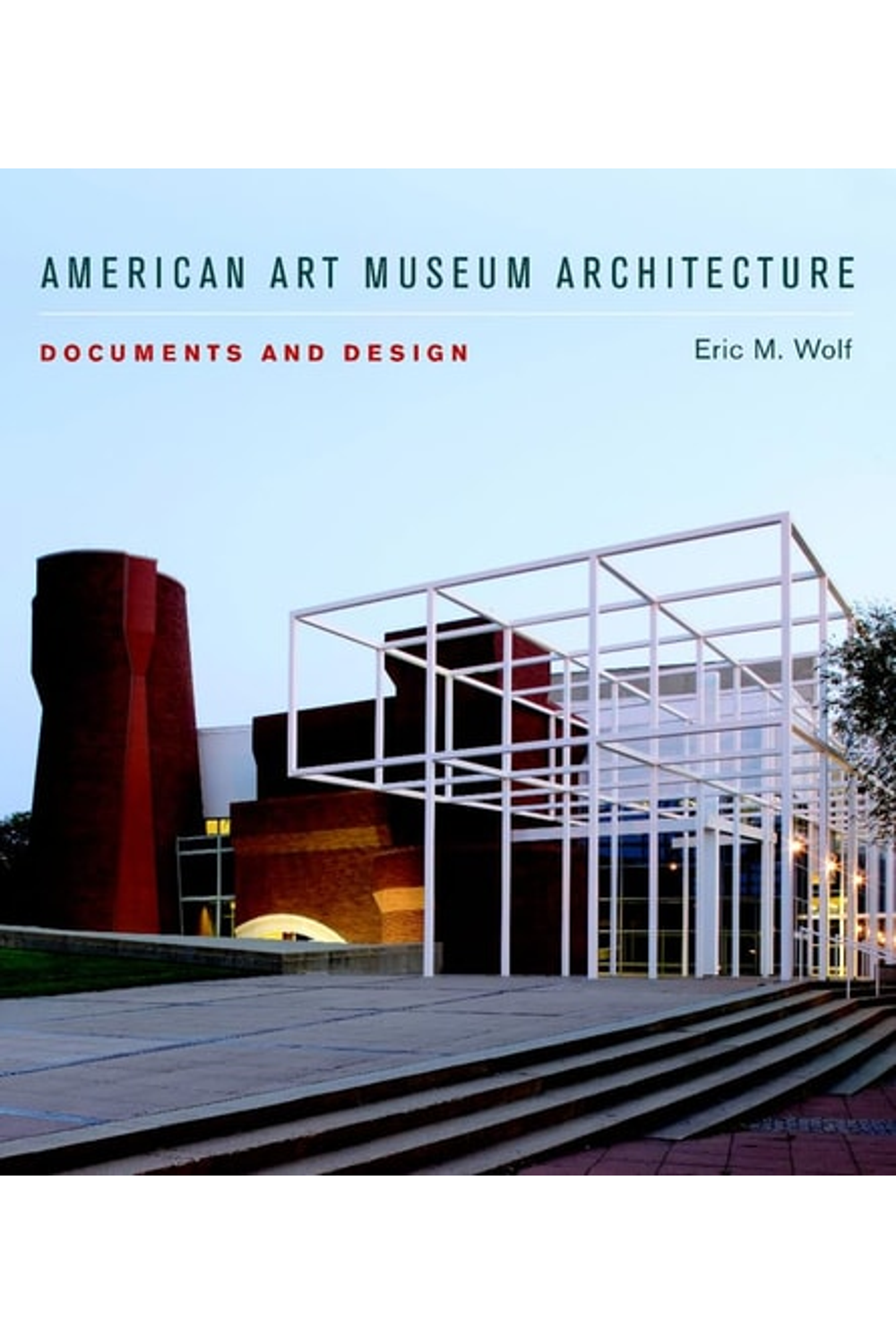“American Art Museum Architecture: Documents and Design” by Eric M. Wolf offers an insightful look into the evolution of museum architecture in the United States. Through meticulous research and captivating visuals (46 color and 116 B&W illustrations), Wolf explores the unique design challenges and triumphs of six prominent institutions: The Frick Collection, MoMA, the Whitney, the Menil Collection, the Georgia OKeefe Museum, and the Art Institute of Chicago. More than just a survey of buildings, this book reveals how architectural choices reflect and shape the art within, considering factors like visitor experience, evolving artistic mediums (including contemporary art), and the historical context of each museum’s development. Discover how these iconic spaces have adapted and innovated to meet the ever-changing needs of artists and audiences alike. A must-read for architects, art historians, and museum aficionados. Hardcover, 272 pages.
American Art Museum Architecture: Documents and Design
22,86 $
In stock
Exploring the intersections of art, architecture, and design, at both renowned institutions and cutting-edge contemporary collections.
Museum interior spaces must be as carefully designed as their faadesif not more soto meet the needs of both the art on display and the viewers. The design and construction of art museums in America thus is a complex process, and one rarely undertaken lightly. The architect must design a building that effectively supports the art exhibited. The museumgoers interaction with the art must be enhanced by the architecture, while amenities such as restaurants, cafes, gift shops, and accessible and convenient restrooms ensure their comfort. Finally, the storage of works of art not on display must be accounted for in the building design.
American Art Museum Architecture: Documents and Design explores all aspects of, and approaches to, museum architecturethe aesthetic, the practical, the innovative, and the functional. Architectural historian Eric M. Wolf delves into the archives of some of the countrys premier institutions not only to explore the design decisions made at their founding, but also to understand how those institutions have continued to evolve along with their collections, up to the present day. Wolf examines the gradual development of six major museums: the Frick Collection, the Museum of Modern Art, and the Whitney Museum of American Art in New York; the Menil Collection in Houston, the Georgia OKeefe Museum in Santa Fe, and the Art Institute of Chicago. He explains how each museum was originally conceived, how the architecture reflected or modified that original conception, and how the buildings have been reconsidered or revised in later years, as the nature of art, art display, and museum-going has evolved. Extensive archival plans, documents, and photographs enhance the narrative.
American Art Museum Architecture also considers the unique architectural challenges often posed by contemporary art. Conceptual art, video installations, and large-scale pieces are increasingly found in permanent collections, at small galleries and encyclopedic institutions alike. Museums built decades ago may have to renovate in order to accommodate such pieces, while newer museums devoted to contemporary work must tackle new architectural challenges when considering how best to house this work. Encompassing both grand nineteenth-century institutions and avant-garde contemporary art collections, American Art Museum Architecture is a timely and fascinating exploration of the ever-changing relationship between architecture and art. 46 color and 116 black-and-white photographs and illustrations
| Authors | |
|---|---|
| Binding | |
| Condition | |
| ISBN-10 | 0393732800 |
| ISBN-13 | 9780393732801 |
| Language | |
| Pages | 272 |
| Publisher | |
| Year published | |
| Weight | 1439 |
| Edition | Illustrated |
Related products
-
The Merchant of Venice (Graffex)
16,89 $ -
De Coeur inconnu
13,17 $ -
Anvil: The Story of Anvil
19,59 $
- Additional information
- Currencies
- USD – United States dollar
- EUR – Euro
- GBP – Pound sterling
- CNY – Chinese yuan
- BRL – Brazilian real
- MXN – Mexican peso
- JPY – Japanese yen
- PHP – Philippine peso
- THB – Thai baht
- PLN – Polish złoty
- CAD – Canadian dollar
- MYR – Malaysian ringgit
- AUD – Australian dollar
- TWD – New Taiwan dollar
- CZK – Czech koruna
- SEK – Swedish krona
- HUF – Hungarian forint
- ILS – Israeli new shekel
- CHF – Swiss franc
- HKD – Hong Kong dollar
- DKK – Danish krone
- SGD – Singapore dollar
- NOK – Norwegian krone
- NZD – New Zealand dollar





